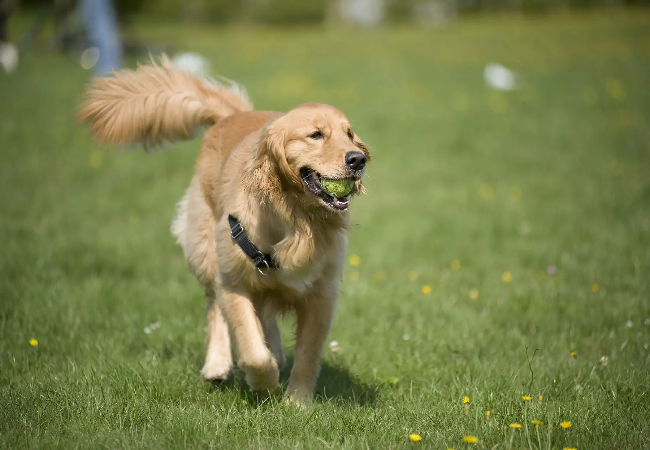Understanding Fear & Aggression in Dogs 2025: A Vet’s Guide to Body Language 🐾

In this article
Understanding Fear & Aggression in Dogs 2025: A Vet’s Guide to Body Language 🐾
By Dr. Duncan Houston BVSc
🔍 What Is Fear-Based Aggression?
Fear aggression happens when a dog—due to anxiety, trauma, or lack of space—feels cornered or threatened and uses aggression to defend itself. Unlike unprovoked bites, this is a message to back off, not a sign of bad temperament.
👀 Early Warning Signs
- 😟 Ears pinned back or to the side
- 😓 Lip licking, yawning, body trembling
- 🐾 Panting, pacing, avoidance
- 👁️ Whale eye—seeing the whites
- 🕯️ Raised hackles (piloerection)
- 🗣️ Growling, snapping, lunging when ignored
📈 When Fear Escalates to Aggression
If earlier cues are overlooked, or the dog has no escape route, the behavior can escalate to snapping, biting, or lunging.
Some dogs may show **offensive fear aggression**, where past trauma leads them to attack first rather than retreat.
🔄 Fear, Reactivity & Barrier Frustration
Leash reactivity and barrier frustration are common. A leashed dog may bark, lunge, or growl when intercepted by another dog or person it can’t reach. This can be fear-based or frustration-driven, but early signals still often precede aggression.
🧠 Why It Happens
- 🐕 Inherited temperament or poor socialization
- 🔄 Negative or traumatic past experiences
- ❌ Medical pain or confusion‑linked issues (e.g., arthritis, sensory decline)
- 🚫 Restrictive environments—tied up, confined, or trapped
- ⚠️ Misinterpretation of dominance when it’s actually fear
👇 What You Can Do
- 👮♂️ Manage triggers—avoid situations that cause fear
- 🏃♂️ Always allow escape routes
- 💡 Use desensitization & counter-conditioning with reward-based methods
- 📞 Reach out to a vet behaviorist early—don’t wait for bites
- ⚖️ Never punish fear—this can worsen aggression
🧪 Medications & Supplements
Behavior-modifying medications like fluoxetine, clomipramine, or dexmedetomidine can reduce anxiety-based aggression. These are best combined with behavior training and under veterinary guidance.
🧸 Ask A Vet,
- 🩺 Ask A Vet: Support for behavior assessment, medication guidance, safe socialization plans
📅 Example Behavior Modification Plan
| Week | Focus | Goal |
|---|---|---|
| 1–2 | Identify triggers & avoid them | Dog remains calm |
| 3–5 | Introduce low-level exposure + treats | Associate trigger with positive outcome |
| 6–8 | Increase proximity gradually | Focus on handler, not trigger |
| 9+ | Generalize in real environments | Consistent relaxation |
🎯 Final Thoughts
Fear aggression is a communication tool used by dogs when they feel threatened. Your job is to understand the signals, manage the environment, and build trust through calm, reward-based steps. With patience, training, and vet support, most dogs can learn to feel safe—and avoid dangerous responses 🐾.
— Dr Duncan Houston, BVSc
Need real-time help? Visit AskAVet.com or download the Ask A Vet app for 24/7 guidance in managing fear and aggression in dogs.






